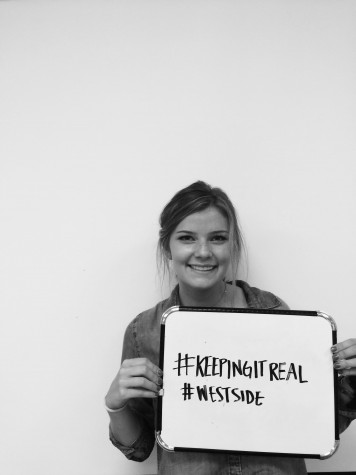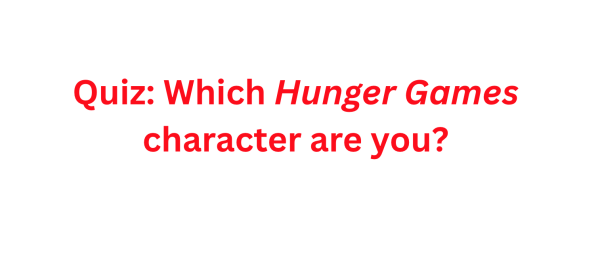‘Finstagrams’ accurately represent the lives of Instagram users
Students use “finstagrams” to post photos that are “not acceptable” to post on their “real Instagram” accounts.
While the new fad “Finstagramming,” aka fake instagramming, aims to give Instagram users a platform to post photos they would normally deem material not worthy of being “rinstagrammed,” aka real-instagrammed, the fad actually ensures that users post photos more accurately aligned to their personalities and everyday lives. According to a recent survey, 76% of teens use Instagram, making it the most popular social media platform.
Instagrammers following the trend now upkeep two Instagram accounts: one designated for “real” photos, and one dedicated to posting “fake” photos. This provokes the question of what is the point of having two active accounts? According to finstagrammer, Sam James, senior, “I feel the need to have a separate account because in a society obsessed with social media, the way we view each other as peers has entirely changed. If I posted the pictures that I post on my finsta on my real instagram, it wouldn’t be acceptable in the eyes of some of my followers.”
The creation of a separate account highlights the underlying issue with social media — the social media world compensates for real life connections; people use several platforms to promote their positive exclusively through over-edited photos and carefully-crafted captions. As one female sophomore who has asked to remain anonymous said, “Of course I feel the pressure to post good pictures on Instagram. I want my life to look cool.”
However, the need to look cool also pairs with the desire to look accomplished. In posting photos that strictly self-promote, users can protect their “instabrand,” or the overall perception they create while using the social media tool.
This “pressure” to appear cool stems from the social norms adopted by instagram users. “There are a lot of rules when it comes to Instagram,” an anonymous freshman boy stated, “you can only post once a day, and 9 pm is the prime time for getting the most likes.”
Recently, many famous Instagram users have shed a light on this issue. Essena O’Neil, Instagram model, recently denounced the fake ideals promoted through Instagram. O’Neil wrote in her final post, “[I have] deleted over 2,000 photos here today that served no real purpose other than self-promotion. Without realizing, I’ve spent majority of my teenage life being addicted to social media, social approval, social status and my physical appearance.”
While many instagrammers aim to make their lives seem better, James aims to accurately represent herself through social media.“I think my Instagram, both fake and real, depict exactly who I am as a person,” James said. “As far as other Instagrams go, I think they can be used to portray fake ideals of beauty and popularity; however, I post photos that are very true to who I am in real life.”
Mary Kate Simon, senior, said, that while her self esteem is not personally hindered by social media, “people feel the need to post pictures to get likes, and when not enough people comment or like the picture, it may hinder one’s self confidence.” A poll conducted on college students also measured self confidence and its correlation to the amount of likes on social media. The survey showed that “…the number of ‘likes’ is valued. Some students said that number of likes or retweets is used as a tool of verification for acceptance within their group of peers. Few students said that they would take down a photo or a status if it didn’t receive a desired number of likes.”

Molly Riebau is the Editor-in-Chief of The Highlander Newsmagazine. Aside from journalism, she loves watching The Bachelor (more than any...






